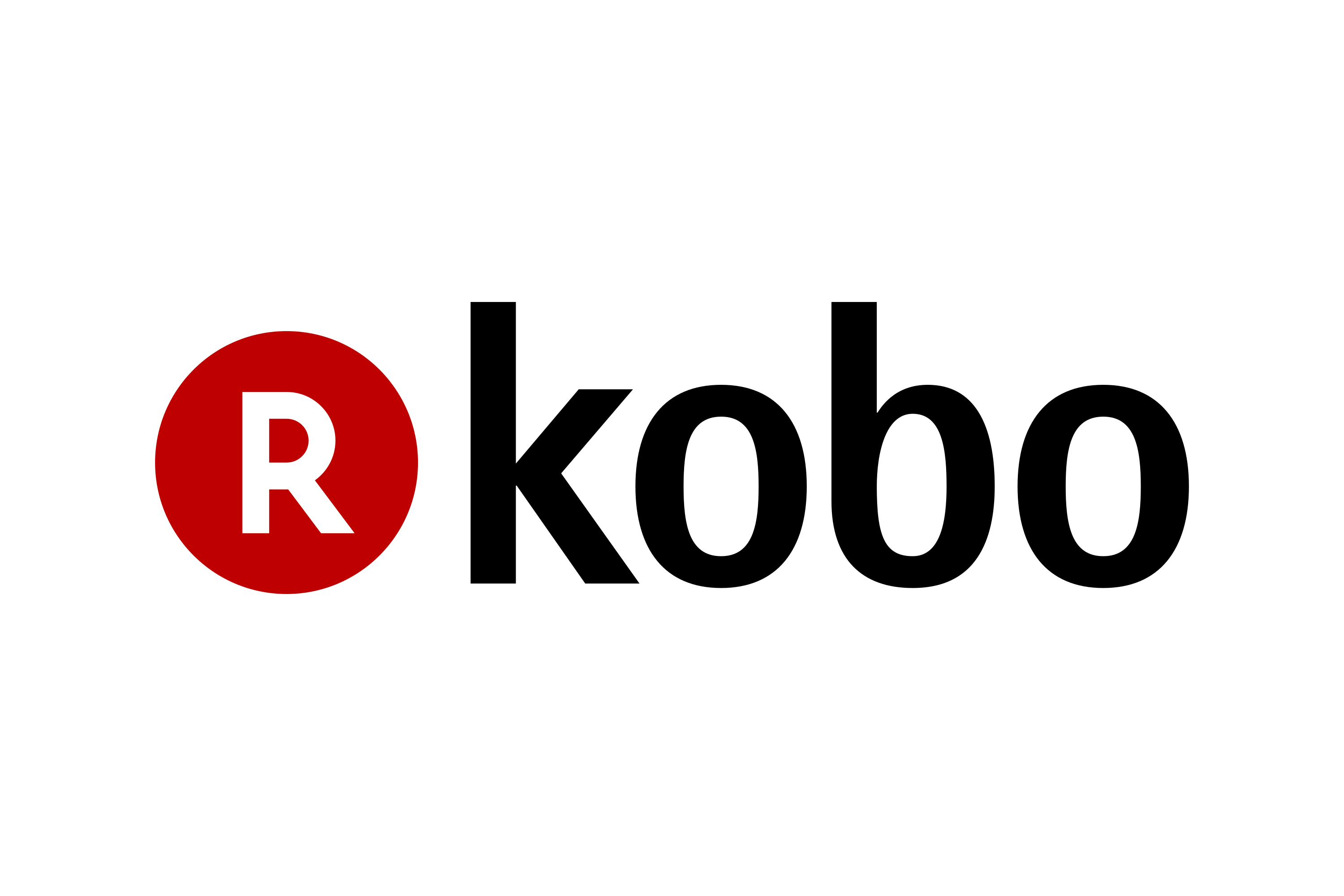

#Kobo ereader logo Offline
This lets you save articles to read offline – and it's great for commutes and travelling. Unlike the Kindle, the Kobo Nia natively supports the EPUB file format so it's easier to load ebooks from a variety of online sources – and another big selling point for us is that it lets you read saved online articles via the Read It Later service Pocket. Based on one hour of reading every night, you can expect your Kobo to last for between four and six weeks – that's roughly the same as the Kindles. All Kobo devices state the battery lasts for multiple weeks, but this always depends on how much it’s being used. The display size is the same six inches and the internal storage is enough to hold around 6,000 ebooks at a time.īoth models have a glare-free touchscreen, the display has adjustable brightness and the battery lasts for multiple weeks. The Kobo Nia is the main rival to the entry-level Kindle, and if it wasn't for the logo on the front you'll struggle to tell them apart at a glance. There is also a stats page, so you can see how many books you have read, how many hours you've read for and the number of page turns.Screen size: 6 inches | Screen resolution: 1024 x 758 pixels | Storage: 8GB | Battery life: Multiple weeks | Waterproof: No | Weight: 172g

Some of these awards are designed to get you trying things, like getting information from the store. This is basically a sort of achievements system, where you can earn awards by taking particular actions. From the home page you'll find a Reading Life section. One of the more up-front features is the social side of the Kobo eReader. You also get a sketchbook and Sudoku game. It's a last resort really and if you have a smartphone you'd be much better off using that. There is a browser so if you want to you can browse the Internet, although it's a little slow and navigation is rather tricky. There are a few extras hiding in the Kobo eReader too. Of course, the Wi-Fi will chomp through the battery much faster than this, so it's worth engaging the flight-safe mode when you don't need to be connected. You'll get around a month of life from the battery, although this is governed by how much reading you do. If you don't have any existing titles, you can head off and buy them through the desktop application and we're pleased to see that PayPal is a payment option across the Kobo store, making things really simple. If you already have a Kobo account then you are good to go, you just have to plug in your details in the application on your computer and any existing content you have purchased from Kobo will appear, ready to sync to the reader.
#Kobo ereader logo software
It isn't as independent as the Kindle - which offers PC-free operation - as getting started with the Kobo eReader requires to you download their software on your PC or Mac and connect to your device. The Kobo eReader requires you to have a Kobo account to sync the device. Operation is by touch, so there is no need for anything else.

Buttons are kept to a minimum, with a top power slider and a single home button beneath the screen. In terms of connections, there is a micro USB on the bottom and a slot on the side to take a microSD card to expand the memory, if you wish. The Kobo eReader has a 6-inch E-Ink display, and like most other models, will slip easily into a jacket pocket or bag. It weighs 185g, a touch heavier than the new Amazon Kindle, but lighter than the Kindle Touch which is available in the US. The diamond patterning is surprisingly nice to hold, giving your fingers a little something extra to hang on to. Don't worry, it isn't actual quilt, but the plastic feels sturdy enough. The Kobo eReader is well built, finished with an interesting "quilted" back. In the UK this is aided by partnering with WHSmith, giving Kobo a high street presence and storefront through the WHSmith website. With the Kobo eReader, the company is moving from purely content to hardware and the content to read, so like Amazon, it gets to provide a more complete solution. Kobo has been active in the ebook market for some time, probably familiar to those smartphone users who might have seen the app preinstalled on their device. Sony (and many others) on the other hand offer open format support, but don't then have the provision across platforms, or the same integrated bookstore experience. It's a closed system, but one that's widely accessible thanks to apps for your PC or smartphone. Amazon distribute its content from its own store. The real difference between these devices is content. Some functions only apply to books you buy from the Kobo store.EPUB support means you can shop around for the best deals.


 0 kommentar(er)
0 kommentar(er)
